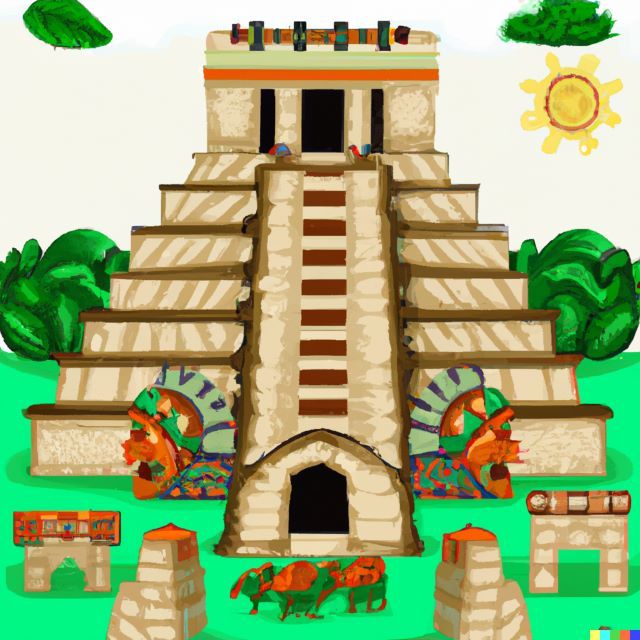The Mayan Civilization and Its Economic Structure
This article looks at how the ancient Mayans ran their economy and social structure, with a focus on how they used the resources in the tropical rainforests. Learn more about how the ancient Mayans shared resources and how important transportation was to their system.





